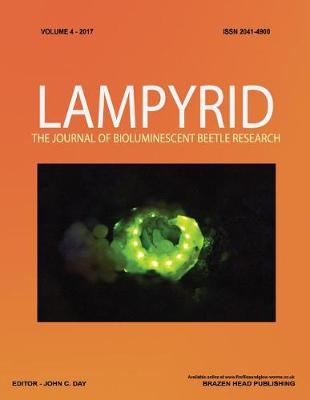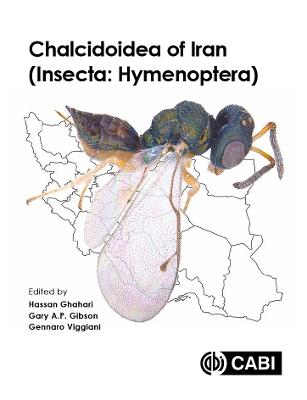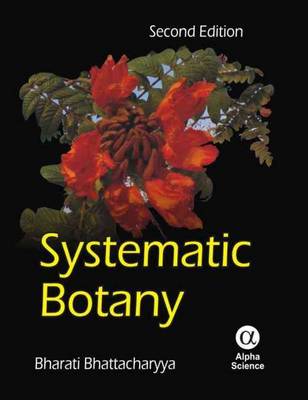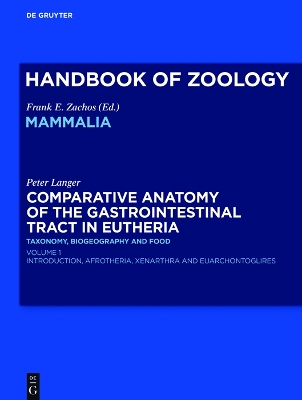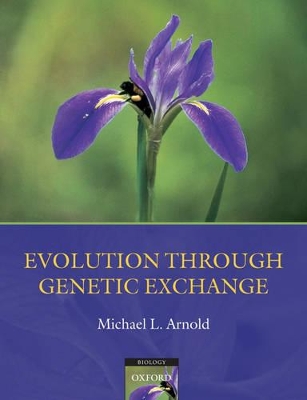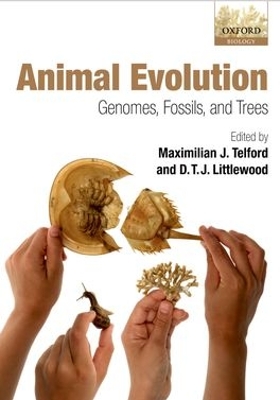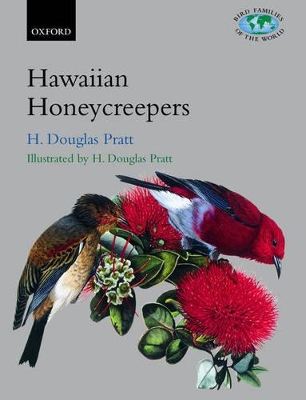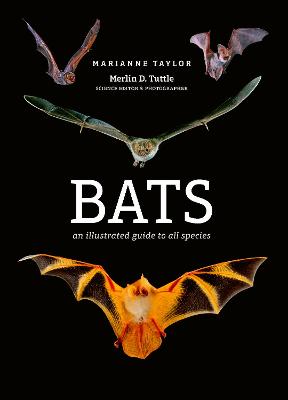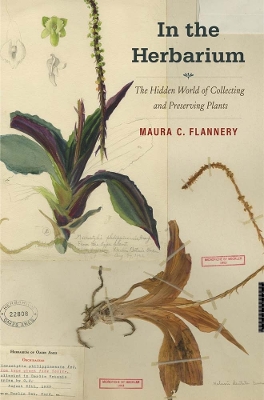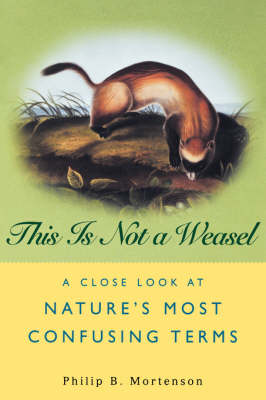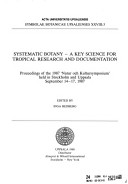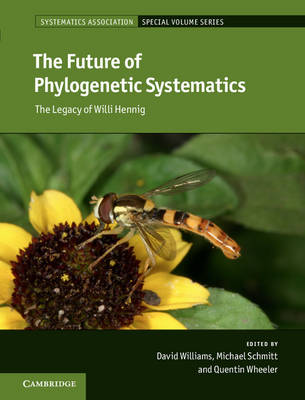A compelling, funny, first-hand account of Australia's wonderfully unique mammals and how our perceptions impact their future. Think of a platypus: they lay eggs (that hatch into so-called platypups), they produce milk without nipples and venom without fangs and they can detect electricity. Or a wombat: their teeth never stop growing, they poo cubes and they defend themselves with reinforced rears. Platypuses, possums, wombats, echidnas, devils, kangaroos, quol...
Religion and the Philosophy of Life considers how religion as the source of civilization transforms the fundamental bio-sociology of humans through language and the somatic exploration of religious ritual and prayer. Gavin Flood offers an integrative account of the nature of the human, based on what contemporary scientists tell us, especially evolutionary science and social neuroscience, as well as through the history of civilizations. Part one contemplates fundamental questions and assumptions:...
Chalcidoidea of Iran (Insecta: Hymenoptera)
The superfamily Chalcidoidea (Insecta, Hymenoptera) contains in excess of 26,000 described species worldwide, but with an estimated total diversity of more than 500,000 species the vast majority of species have yet to be discovered and described. Most chalcidoid species are parasitoids of hosts in at least 12 different insect orders, attacking the egg, larval or pupal stages, though phytophagy and other life cycles and hosts are known. Iran is the 18th largest country in the world and has a rich...
Comparative Anatomy of the Gastrointestinal Tract in Eutheria I
by Peter Langer
This volume of the series Handbook of Zoology deals with the anatomy of the gastrointestinal digestive tract – stomach, small intestine, caecum and colon – in all eutherian orders and suborders. It presents compilations of anatomical studies, as well as an extensive list of references, which makes widely dispersed literature accessible. Introductory sections to orders and suborders give notice to biology, taxonomy, biogeography and food of the respective taxon. It is a characteristic of this b...
Even before the publication of Darwin's Origin of Species, the perception of evolutionary change has been a tree-like pattern of diversification - with divergent branches spreading further and further from the trunk. In the only illustration of Darwin's treatise, branches large and small never reconnect. However, it is now evident that this view does not adequately encompass the richness of evolutionary pattern and process. Instead, the evolution of species from microbes to mammals builds like a...
Animal Evolution
Animal life, now and over the past half billion years, is incredibly diverse. Describing and understanding the evolution of this diversity of body plans - from vertebrates such as humans and fish to the numerous invertebrate groups including sponges, insects, molluscs, and the many groups of worms - is a major goal of evolutionary biology. In this book, a group of leading researchers adopt a modern, integrated approach to describe how current molecular genetic techniques and disciplines as diver...
The Hawaiian Honeycreepers are typified by nectar feeding, their bright colouration, and canary-like songs. They are considered one of the finest examples of adaptive radiation, even more diverse than Darwin's Galapagos finches, as a wide array of different species has evolved in all the different niches provided by the Hawaiian archipelago. The book will therefore be of interest to evolutionary biologists and ecologists, as well as professional ornithologists and amateur bird watchers. As with...
Evolutionary Biology of Orthopteroid Insects (Ellis Horwood series in entomology & acarology)
"Meshing deft scientific text with Tuttle’s sumptuous images, it’s a superb introduction to the baroque morphologies and flying prowess of these beguiling beasts."- NatureBats: An Illustrated Guide to All Species looks in detail at the more than 1,300 species known today. Nocturnal, fast-flying and secretive, they are endlessly fascinating, yet extremely difficult to observe and catalogue. The diversity of bats is both rich and underestimated and the threats they face from humans are very real....
How herbaria illuminate the past and future of plant science “We should treasure herbaria, in biologist Maura Flannery’s spirited retelling, not simply because of the stories they tell about plants, but because of the stories they tell about the individuals who assembled them.”—Laurence A. Marschall, Natural History Collections of preserved plant specimens, known as herbaria, have existed for nearly five centuries. These pressed and labeled plants have been essential resources for scienti...
How to tell a bison from a buffalo-not to mention a yam from a sweet potato Here's a book for anyone who's ever wondered about the difference between a crayfish and a crawfish. Or a frog and a toad. Or a buzzard and a vulture. Animal taxonomy is not what you'd call an exact science, and the field is lousy with all sorts of confounding terms. In this entertaining, highly useful reference, Philip Mortenson takes on a wide-ranging list of monikers, from plants to higher mammals. Reviewed by an impr...
Systematic Botany (Symbolae botanica Upsalienses XXVIII, #3)
Revising Bloom's Taxonomy
In Landfill, Tim Dee argues that rubbish tips sustain life and offer an alternative view of how we should treat any species who dares to live so closely among humans. About the book, Tim Dee says: 'I have been a lifelong birdwatcher but more recently I have found myself spending time watching people watching birds. Gulls in Britain are no longer seagulls and I've been fascinated in the last decade by the various ways that these birds have come ashore and come closer to us. In some ways they seem...
Survival or extinction
The Evolutionary Dynamics of Complex Systems (Monographs on the History and Philosophy of Biology)
by C. Dyke
This book examines sociobiology and evolution from the scientific and philosophical perspectives. Both sociobiology and evolution are areas of modern biology fraught with controversy and misunderstanding, yet fundamental to a coherent view of human life. For scientists and philosophers of science, at issue are the basic underpinnings of biology: explanation, determination, teleology, reductionism, and hierarchy. Professor Dyke describes the controversies involved, and argues that progress in so...
Over the course of five decades, the seventeenth-century naturalist Georgius Everhardus Rumphius assiduously gathered information on the native plants of Ambon Island and its archipelago. By presenting descriptions of the plants and their multiple uses, he succeeded in creating a cultural and scientific treasury of incomparable value for today’s botanists, anthropologists, ethnobotanists, science historians, medicinal chemists, and other scholars. This comprehensive reference, complete with over...
Volume 1 and 2: Orders Anguilliformes and Saccopharyngiformes and Leptocephali
by Eugenia B. Bohlke
The Future of Phylogenetic Systematics (Systematics Association Special Volume)
Willi Hennig (1913–76), founder of phylogenetic systematics, revolutionised our understanding of the relationships among species and their natural classification. An expert on Diptera and fossil insects, Hennig's ideas were applicable to all organisms. He wrote about the science of taxonomy or systematics, refining and promoting discussion of the precise meaning of the term 'relationship', the nature of systematic evidence, and how those matters impinge on a precise understanding of monophyly, p...

